This is my second attempt at a panna cotta version of the traditional Chinese dessert, almond tofu. As you may recall, last time the major issue was that the panna cotta barely jelled. As a minor issue, I didn't like the way the white wine reduction turned out because I had been hoping the dried cherries would have pureed more to thicken the reduction. Instead it ended up being a muddy reddish-brownish liquid that the pears ended up being immersed in on top of the panna cotta. Not terribly pretty to look at, but fortunately still rather tasty.
I basically used the same recipe as before, except I only had 1 1/3 cups milk and a little more than 1 cup of heavy cream. Since my issue last time was that the panna cotta didn't set enough, I figured I'd try using the same 1 tablespoon of gelatin and hope it wouldn't get too hard. And after seeing Tartelette's beautiful panna cottas, I figured I'd try something a little different for the pears.
Red Wine Poached Pears Puree
makes enough for 6 panna cotta servings
1/2 vanilla bean
Zest from one orange
1 cup red wine (it was all I had left)
1/2 cup sugar
2 D'anjou pears
Split the vanilla bean lengthwise in half with a knife and scrape out the seeds.
makes enough for 6 panna cotta servings
1/2 vanilla bean
Zest from one orange
1 cup red wine (it was all I had left)
1/2 cup sugar
2 D'anjou pears
Split the vanilla bean lengthwise in half with a knife and scrape out the seeds.
Add the vanilla seeds and pod and orange zest to the red wine and sugar in a medium saucepan. Bring to a boil and stir until the sugar is completely dissolved. Reduce to a simmer.
Peel the pears, leaving the stem intact. Slice off the bottom 1/8" of each pear to create a flat, stable base.
Add the pears to the simmering poaching liquid, laying them on their sides. Cook, turning pears occasionally so they become saturated on all sides, until they are just tender when pierced with a fork, about 7 minutes.
Allow pears to cool completely in their poaching liquid.

After the pears have cooled, remove the core and stem and roughly chop the pear. Add just enough braising liquid to cover and let sit until the pear reaches the desired color. (I only gave it about 15 minutes.) Drain as much of the liquid as possible and reserve.
Using an immersion blender or regular blender, puree the pears.
Using an immersion blender or regular blender, puree the pears.
To assemble the panna cotta, I divided the pear puree equally between 6 ramekins (oh what I wouldn't give for the cute glasses that Tartelette uses!).
Carefully pour the panna cotta mixture (after the gelatin has been added to it) through a sieve on top of the puree. I was not so careful on my first attempt and pretty much lost the bottom layer.
The other ramekins fared a little better.
There was still some of the puree that ended up floating on top of the panna cotta mixture, but I wasn't too worried because there was going to be a third layer. But before that, let the panna cotta sit in the fridge for at least 3 hours, until firm. In the meantime, heat the red wine braising liquid (you didn't throw it out, did you?) in a small saucepan and reduce to about 1/3 cup volume.
Once the panna cotta has set, spoon the wine reduction on top. For a final touch, place a peeled mandarin orange section on top as garnish.
I found that this time the panna cotta was actually a little firmer than I wanted. I also noticed that when I was straining the mixture into the ramekins that there was a fair amount of gelatin left in the strainer. According to Tartelette's recipe, she strains the mixture before adding the gelatin, so maybe the first time I made the recipe the reason it wasn't set enough was because I was leaving too much gelatin in the strainer. At the same time, I don't really want heterogeneous bits of hard gelatin settling at the bottom of the panna cotta. I guess next time I make this (yes, there will be a next time!) I will try dissolving the gelatin in a bit of reheated cream mixture before adding it to the rest of the cooled mixture.
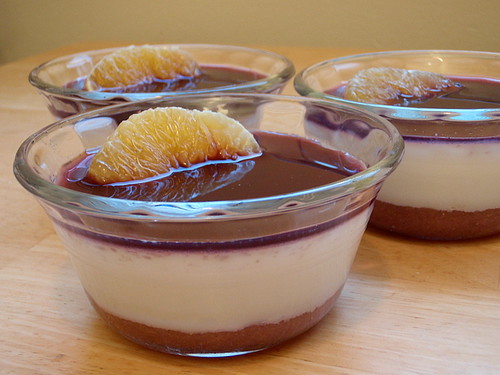
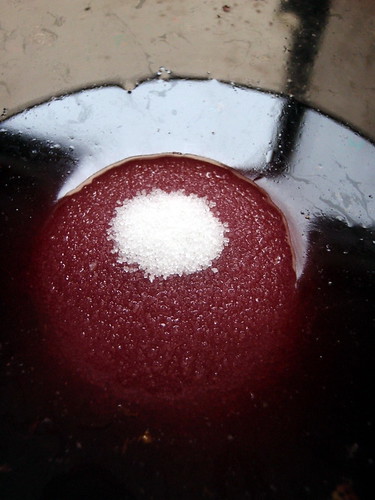
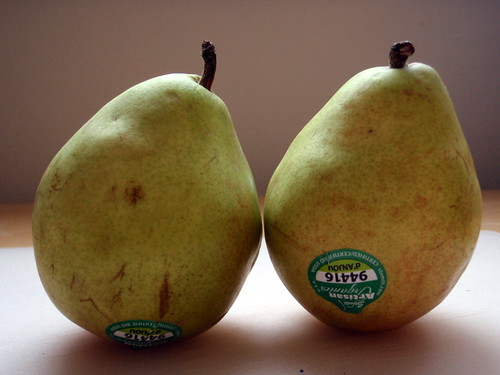

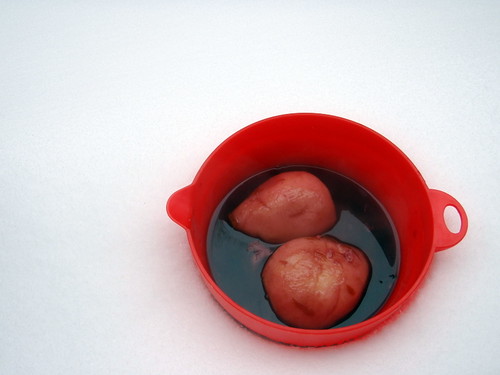

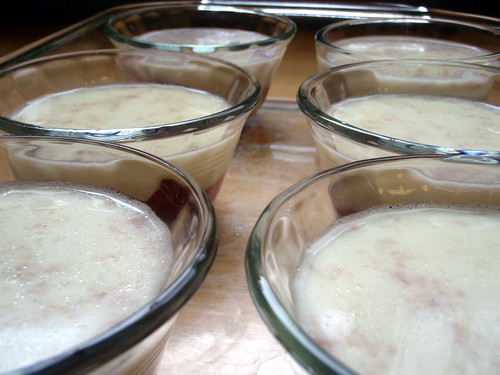
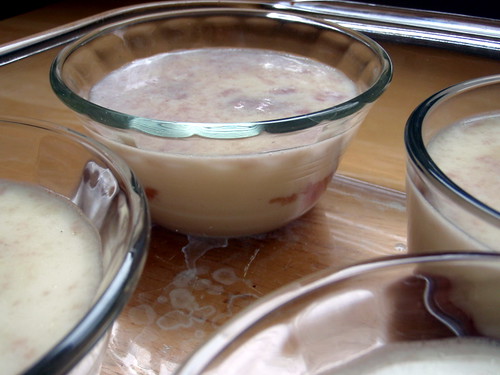

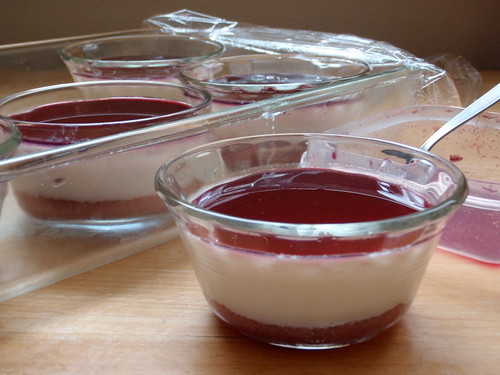





No comments:
Post a Comment